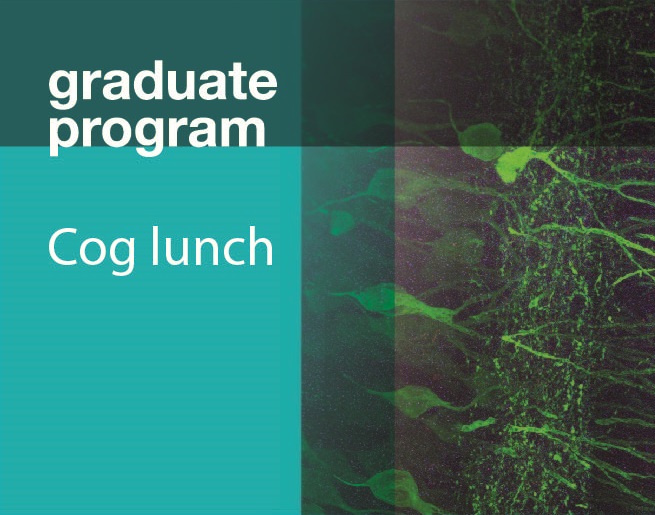
Integer ratio priors on musical rhythms
Description
Probability distributions over external states (priors) are essential to the interpretation of sensory signals. Priors for cultural artifacts such as music and language remain largely uncharacterized, but critically constrain cultural transmission, because only those signals with high probability under the prior can be reliably reproduced and communicated. Extending previous research on concept learning and language, we developed a method to estimate priors for simple rhythms via iterated reproduction of random temporal sequences. Listeners were asked to reproduce random “seed” rhythms; their reproductions were fed back as the stimulus, and over time became dominated by internal biases, such that the prior could be estimated by applying the procedure multiple times. We measured listeners’ priors over the entire space of two- and three-interval rhythms. Priors in Westerners showed peaks at rhythms with simple integer ratios and were similar for musicians and non-musicians, but differed qualitatively from those for spoken utterances, indicating specificity to music. Priors measured in members of a remote native Amazonian society were distinct from those in Westerners but also featured integer ratio peaks. The results suggest that priors on musical rhythm may be constrained to favor simple integer ratios, but are strongly modulated by experience. Our method holds promise for characterizing of priors for a range of other auditory domains including phonetics, speech rhythms, and musical melodies.
UPCOMING COG LUNCH TALKS
- 10/25/16 - Laura Lewis, Harvard-MIT
- 11/8/16 - Richard Futrell, Gibson/Levy Labs
- 11/22/16 - Malinda McPherson, McDermott Lab
- 11/29/16 - Lindsey Powell, Saxe Lab

